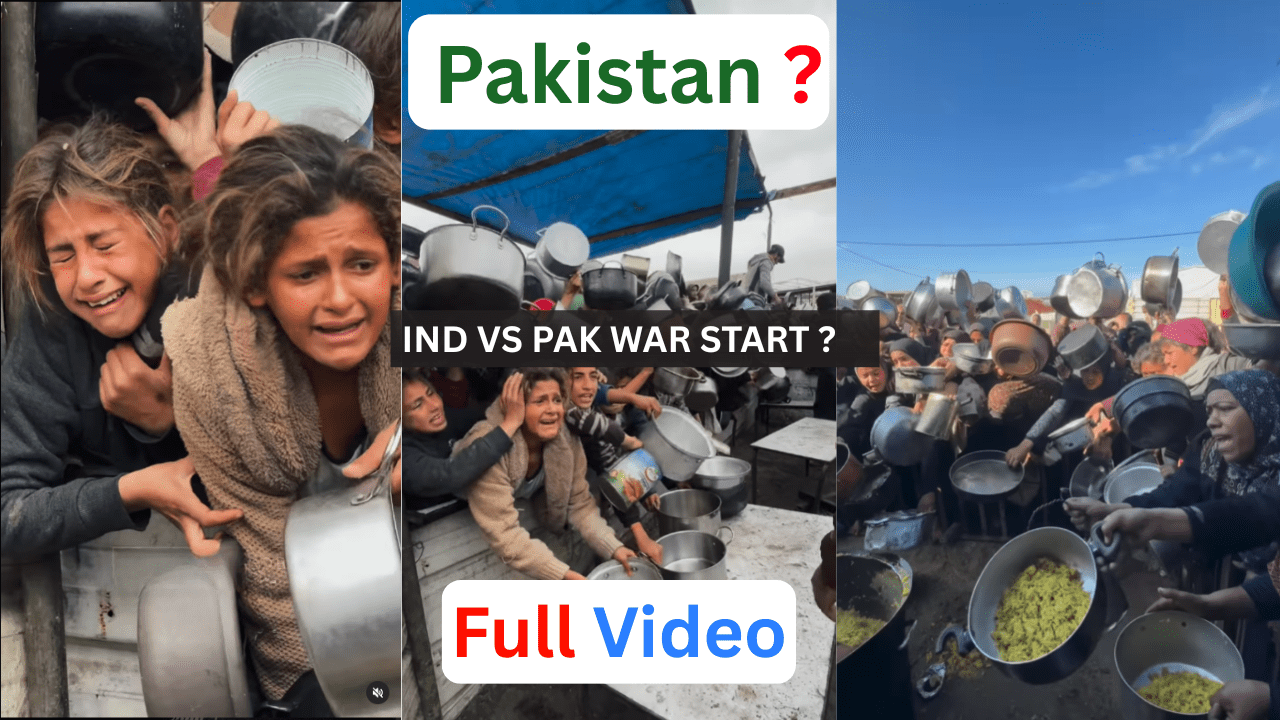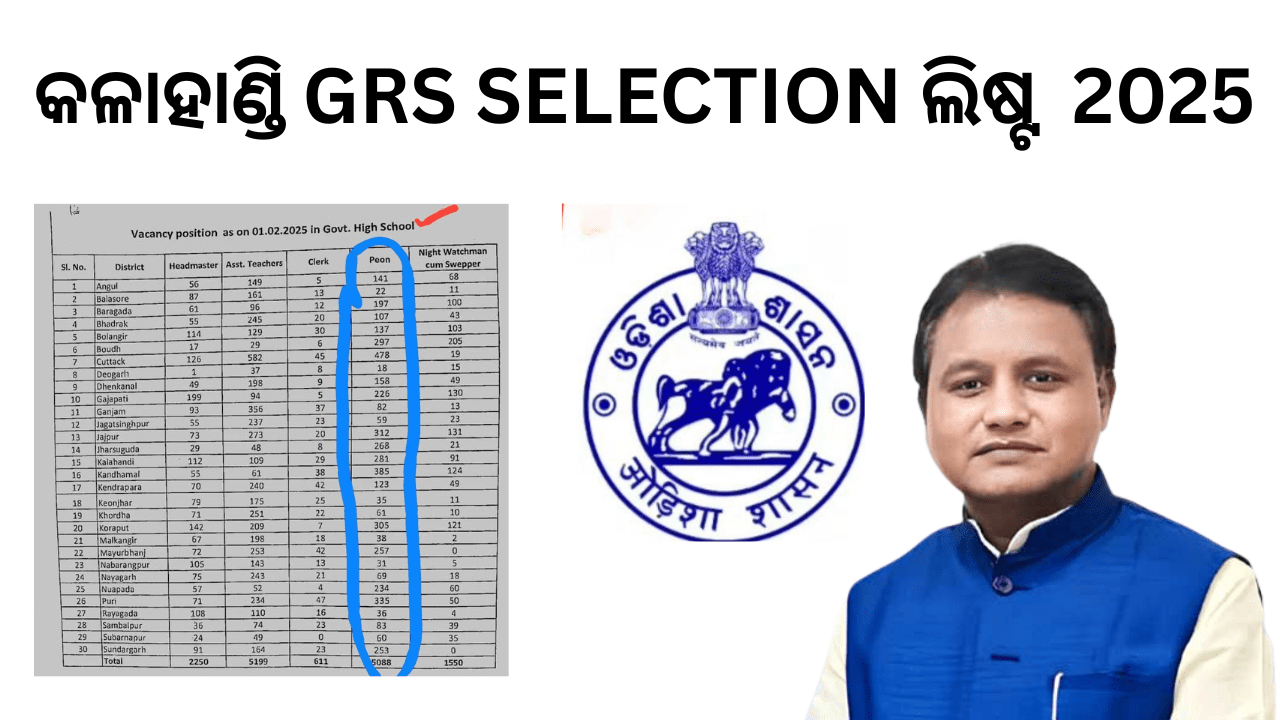In the narrow alleys of Gaza, where the Mediterranean breeze once carried the scent of citrus groves and freshly baked bread, the air now hangs heavy with despair. For over 16 years, Gaza—a 140-square-mile strip of land home to 2.3 million Palestinians—has endured a suffocating blockade imposed by Israel and Egypt, compounded by cyclical violence, economic collapse, and a humanitarian crisis that has left its people scavenging for dignity in the rubble. Today, securing a loaf of bread, a universal symbol of sustenance, has become a Sisyphean struggle. This is not a medieval crusade against mythical beasts, but a modern-day battle for survival, where hunger is weaponized and hope is rationed.
Table of Contents
ToggleThe Context: A Land Under Siege
Gaza’s current reality cannot be divorced from its political history. Since Hamas took control in 2007, Israel and Egypt have enforced a land, sea, and air blockade, citing security concerns. This siege has crippled Gaza’s economy, restricted the flow of food and medicine, and trapped residents in what the UN calls an “open-air prison.” Over 80% of Gazans rely on international aid, while unemployment soars above 50%, and youth joblessness nears 70%. The COVID-19 pandemic and repeated military escalations (most recently in 2021 and 2023) have only deepened the crisis.
The Bread Crisis: A Symbol of Systemic Collapse
Bread, a dietary staple, epitomizes Gaza’s unraveling. Wheat flour shortages, skyrocketing prices, and rolling blackouts (often 12–20 hours daily) have paralyzed bakeries. Families queue for hours in lines that stretch like scars across neighborhoods, only to receive stale, subsidized loaves that barely last a day.
- The Flour Shortage: Gaza relies on imported wheat, but restrictions limit shipments. In 2023, the UN reported that only 40% of needed wheat entered Gaza monthly.
- Fuel and Electricity: Without steady fuel for generators, bakeries shutter. A single Israeli airstrike in 2021 destroyed Gaza’s sole flour mill, forcing reliance on expensive, lower-quality substitutes.
- Poverty and Inflation: With 53% of Gazans living below the poverty line, many cannot afford market prices. A bag of subsidized bread costs 1 shekel ($0.30), while commercial loaves sell for 4–5 shekels.
“We eat bread with za’atar (thyme) for breakfast, bread with lentils for lunch, and sleep hungry for dinner,” says Um Mohammed, a mother of six in Rafah.
This is real video of gazaa Palestine
2. https://www.instagram.com/share/_lEVS1KZo
Important info:
This article has been written because many people are making this train viral on social media by saying that it is the real train of Pakistan, so through this article we have given complete information about it. The meaning of this article is its video and why this video has been uploaded, this complete information is given in this article.
I tell all the citizens of my India that very soon such a situation is going to happen in Pakistan, you please wait for some time because this is going to happen, you will definitely get the result, God above is with us, Lord Ram is our Hindu religion, he is watching everything.
A Malnourished Generation
The consequences are visceral. Over 68% of Gazans are food insecure, according to the World Food Programme (WFP), and 10% of children under five suffer acute malnutrition. Anemia rates among women and children exceed 40%. Hospitals report spikes in stunted growth and developmental delays. “Children play ‘bakery lines’ instead of tag,” says Dr. Ayman Ashour, a pediatrician in Khan Younis. “Hunger is their normal.”
Why Does This Persist? Structural Violence and Complicity
- The Blockade: Israel controls 90% of Gaza’s borders, restricting the entry of “dual-use” items (e.g., cement, fertilizers) that could rebuild infrastructure or boost agriculture.
- Donor Fatigue: International aid has dwindled; the UNRWA (UN agency for Palestinian refugees) faces chronic funding shortfalls.
- Political Fractures: Hamas-Israel hostilities, and the Fatah-Hamas divide, divert resources to militarization over welfare.
- Climate Shocks: Rising temperatures and soil salinity from seawater intrusion (due to over-pumped aquifers) slash farm yields.
The Human Cost: Stories from the Ground
- The Baker’s Dilemma: Ahmed Baroud, a third-generation baker in Gaza City, now operates three days a week. “People fight over burnt bread. I feel like I’m feeding ghosts,” he says.
- Child Labor: Teenagers like 14-year-old Youssef scavenge construction sites for scrap metal to trade for flour.
- Solidarity or Survival?: Some families skip meals to feed children, while others barter clothes for food. “We’ve sold everything but our stories,” says elderly fisherman Abu Ramzy.
International Failure: A Crisis Ignored
The world watches in apathy. Western nations cut funding to UNRWA under politicized pretexts, while regional actors like Egypt restrict movement at Rafah Crossing. UN resolutions remain unenforced. Meanwhile, Israel’s recent normalization deals with Arab states sidelined Palestinian rights. “Gaza is a moral litmus test the world is failing,” says Lynn Hastings, UN Humanitarian Coordinator.
Paths Forward: Beyond Band-Aid Solutions
- Lift the Blockade: Only ending the siege can enable Gaza’s economy to recover.
- Invest in Local Agriculture: Greenhouses, desalination plants, and solar-powered irrigation could reduce dependency on imports.
- Pressure and Diplomacy: The international community must hold Israel accountable under international law while urging Hamas to cease militant activities.
- Grassroots Aid: Support NGOs like MECA (Middle East Children’s Alliance) and PCRF (Palestine Children’s Relief Fund) delivering food and medical aid.
Conclusion: The Right to Bread, the Right to Life
Gaza’s hunger is not inevitable—it is engineered. In the words of Palestinian poet Mahmoud Darwish, “We have on this earth what makes life worth living.” But for Gaza, worth has been reduced to a daily calculus of survival. Until the world recognizes that a piece of bread is a universal right, not a privilege, the crusade for dignity will remain unwon.
— Written in solidarity with Gaza, where resilience is the only crop that never withers.
Sources: UNOCHA, World Food Programme, Amnesty International, Al Mezan Center for Human Rights.
Call to Action: Donate to UNRWA, Medical Aid for Palestinians (MAP), or local mutual aid networks. Amplify Palestinian voices. #BreakTheSiege.
This article synthesizes reporting from NGOs, UN agencies, and firsthand testimonies (up to 2023) to highlight Gaza’s humanitarian emergency. Names of individuals have been changed for safety.






